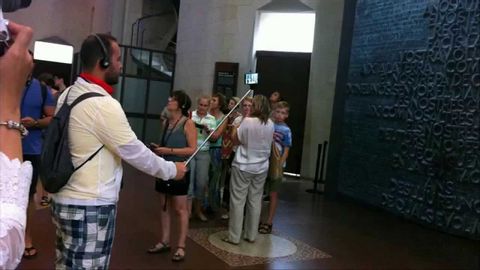
Subtitles & vocabulary
BBC 6 Minute English_March 26, 2015 - A threat to London's artwork
00
Adam Huang posted on 2015/03/28Save
Video vocabulary
stick
US /stɪk/
・
UK /stɪk/
- Verb (Transitive/Intransitive)
- To push a sharp or pointed object into something
- To join together using glue or paste
- Countable Noun
- Long thin piece of wood from a tree
A2
More people
US /ˈpipəl/
・
UK /'pi:pl/
- Noun (Countable/Uncountable)
- Persons sharing culture, country, background, etc.
- Men, Women, Children
- Transitive Verb
- To populate; to fill with people.
A1
More engage
US /ɪn'gedʒ/
・
UK /ɪn'ɡeɪdʒ/
- Transitive Verb
- To start to fight with an enemy
- To hire someone for a task or job
A2TOEIC
More English
US /ˈɪŋɡlɪʃ/
・
UK /ˈɪŋglɪʃ/
- Uncountable Noun
- Language of the UK, USA, Nigeria and elsewhere
- Proper Noun
- Person's name
A1
More Use Energy
Unlock All Vocabulary
Unlock pronunciation, explanations, and filters
